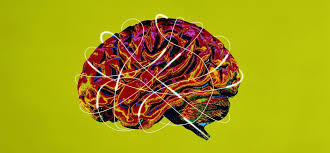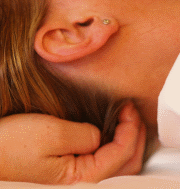How to Best Express Your Emotions Effectively

The Transformation of Raw Emotions Into Emotional Intelligence
Speaking to Neurodivergence
Living with a neurodivergent mind can come with a range of emotions and challenges. As each individual is unique, this can show up in many ways. When I speak of neurodivergence, I am referring to those of us who cognitively process information differently than neurotypical thinkers. This can include:
- Autism Spectrum Disorder (ASD): Unique social communication challenges, sensory sensitivities, and repetitive behaviors. I recommend the Telepathy Tapes to learn more about this.
- Attention Deficit Hyperactivity Disorder (ADHD): Features of inattention, hyperactivity, and impulsivity.
- Dyslexia: Difficulty with language skills, especially reading.
- Dyscalculia: Difficulty with performing basic arithmetic.
- Dyspraxia: Issues related to physical coordination.
- Tourette’s Syndrome: Involuntary, repetitive movements and vocalizations.
- Down’s Syndrome: Genetic disorder causing developmental and intellectual delays.
Stress, in particular, among neurodivert people may play a big part in keeping neurodivergent thinkers feeling isolated and alone. Our feelings, emotions, and expressions can easily be misunderstood or misinterpreted. However, as we learn to understand our raw and vulnerable selves better, and also as more people learn to understand and accept people who seem different, for the whole, it allows for more diversity and creativity. We each have our gifts as well. Neurodivergent thinkers can actually be super creative out of the box thinkers, and help come up with innovate ideas to help resolve problems.
Common issues with Emotions with Neurodivergence:
Social Anxiety
Sharon Hartnett CST-D


